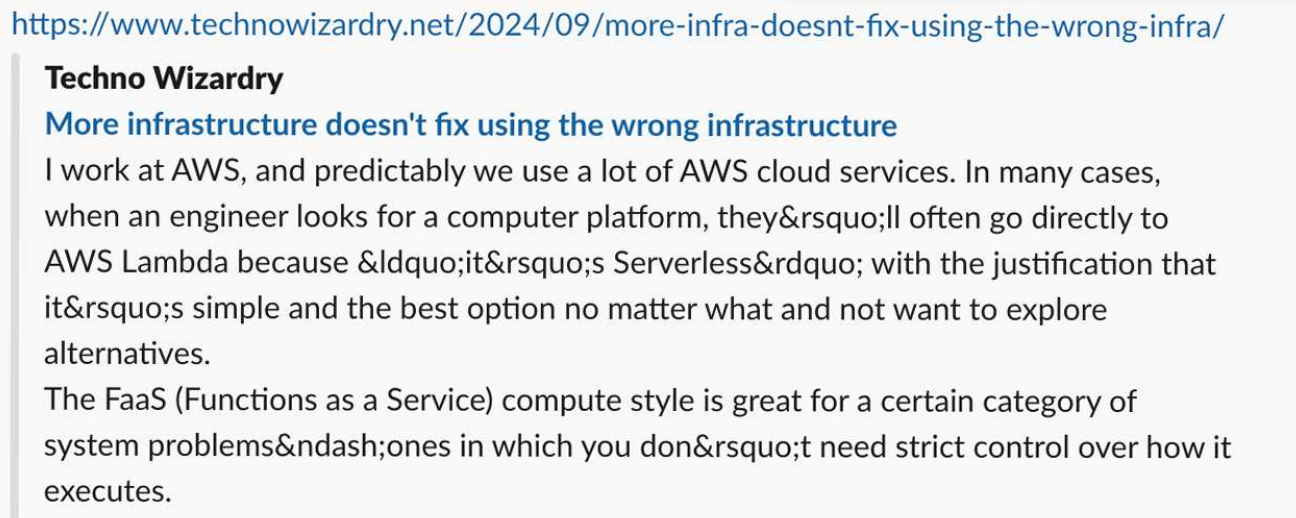I’ve had enough of Helm. I don’t know who thought string-based templating engines would be a good idea, but I have had one too many indention relate bugs. They’re a source of bug and a pain. Kubernetes YAML files just contain a ton of boiler-plate YAML configuration. Like how many times do I have to specify the labels? Its spec/template/spec for Deployment, but spec/jobTemplate/spec for CronJob. Ain’t nobody got time to remember that.
Enter cdk8s. It’s built-upon CDK, a software development kit that uses standard programming languages, like TypeScript, Python, or Java, as a way to define resources that then get compiled into YAML or JSON to upload to CloudFormation, or in our case, Kubernetes.
Why would you want/need a full programming language just to define some infrastructure? Well, there are some benefits. Let’s go through them.
